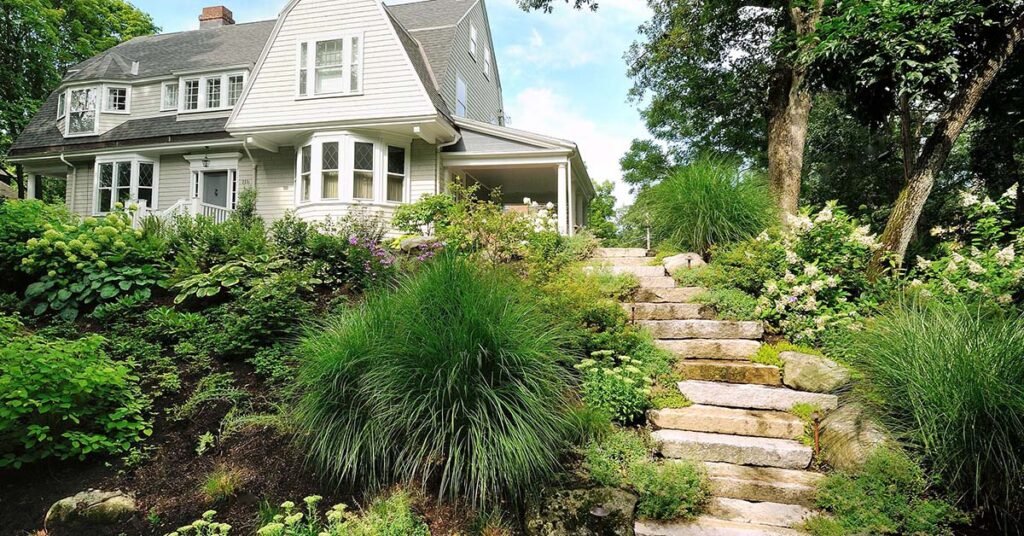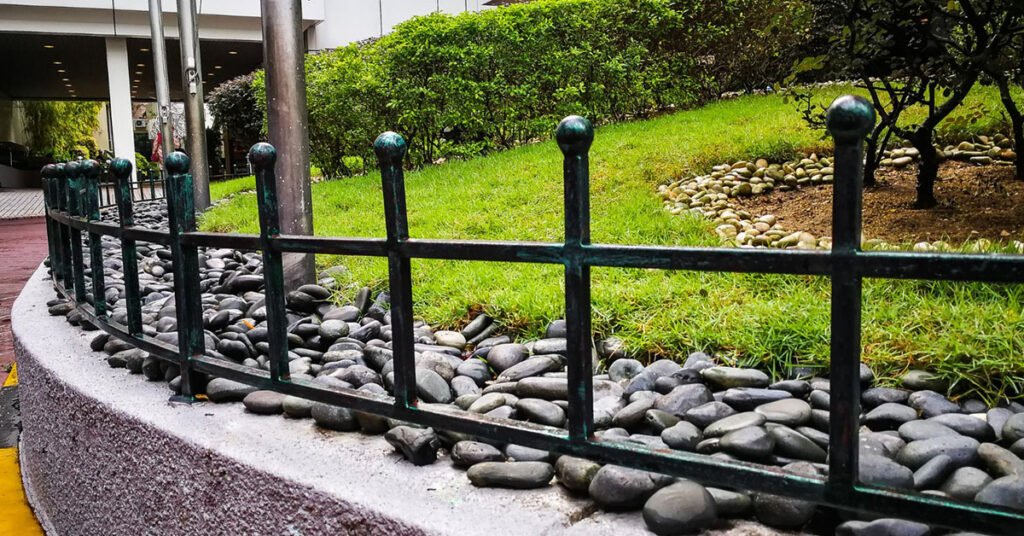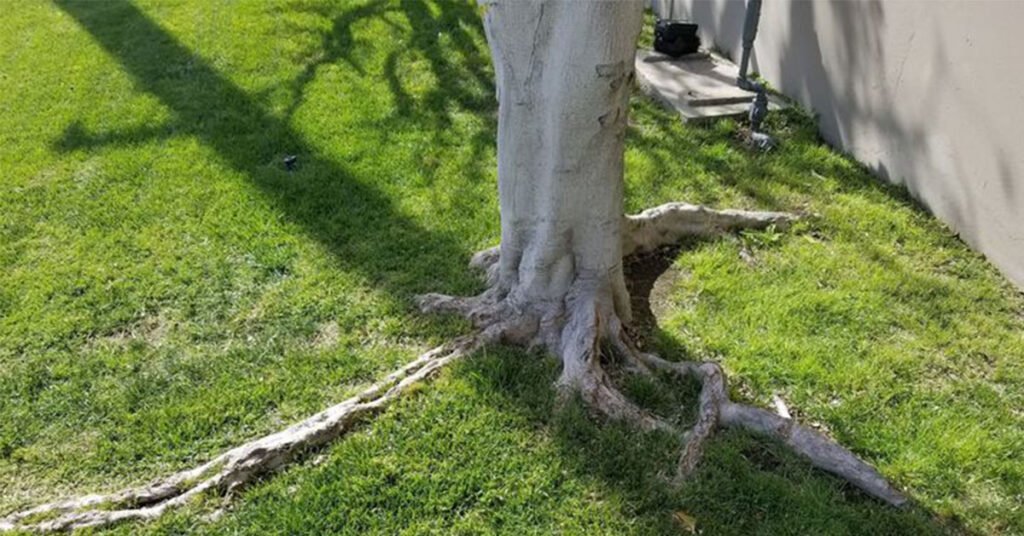Steep slopes can be intimidating to tackle in landscaping projects, but with the right knowledge and techniques, they can become opportunities for stunning and functional designs. For those venturing into the landscaping industry, understanding how to effectively work with steep slopes is a valuable skill that can set you apart. In this guide, we’ll explore the essential steps and considerations of how to landscape a steep slope. Let’s get started.
How to Landscape a Steep Slope
Landscaping a steep slope requires careful planning and execution to ensure both aesthetic appeal and structural integrity. Follow these essential steps to tackle this challenging terrain:
1. Site Assessment
Begin by thoroughly assessing the slope to understand its characteristics and challenges. Measure the gradient of the slope and identify any erosion-prone areas or existing vegetation. Consider factors such as soil composition, sun exposure, and water runoff patterns to inform your design decisions.
2. Design Planning
Develop a detailed plan that outlines your landscaping objectives and the steps needed to achieve them. Consider incorporating terracing, retaining walls, or other structural elements to create level planting areas and prevent soil erosion. Choose plants that are well-suited to steep slopes, prioritizing those with deep root systems and erosion-control capabilities.
3. Soil Preparation
Prepare the soil on the slope by loosening compacted areas and adding amendments as needed to improve drainage and fertility. Consider using erosion-control blankets or mulch to protect the soil from erosion during construction.
4. Installation of Structural Elements
Begin by installing any necessary structural elements, such as retaining walls or terraces, to create a stable foundation for your landscaping features. Ensure that these structures are properly engineered and built to withstand the pressures of steep terrain.
5. Planting
Plant your chosen vegetation strategically, taking into account factors such as spacing, sun exposure, and water requirements. Use a mix of ground covers, shrubs, and trees to add visual interest and promote biodiversity. Plant in layers to help stabilize the soil and provide natural erosion control.
6. Mulching and Irrigation
Apply a layer of mulch around newly planted vegetation to retain moisture, suppress weeds, and protect the soil from erosion. Install an irrigation system or use drip irrigation to ensure that plants receive adequate water, especially during the establishment phase.
7. Maintenance
Regular maintenance is essential to keep your landscaped slope looking its best and functioning properly. Monitor the site for signs of erosion or soil movement, and address any issues promptly. Prune plants as needed to promote healthy growth and remove dead or damaged foliage.
8. Monitoring and Adjustments
Periodically evaluate the performance of your landscaped slope and make adjustments as needed. Pay attention to how plants are thriving in their environment and make changes to improve overall stability and aesthetics.
By following these steps and staying attentive to the unique challenges of landscaping steep slopes, you can create a stunning and sustainable landscape that will endure for years to come.
Read More: Can You Put Landscaping Fabric Over Grass?
Conclusion
Landscaping steep slopes presents unique challenges, but with careful planning and execution, these areas can become stunning focal points in any landscape design.
By mastering the techniques outlined in this guide, aspiring landscapers can confidently take on steep terrain projects, setting themselves up for success in the landscaping industry.



